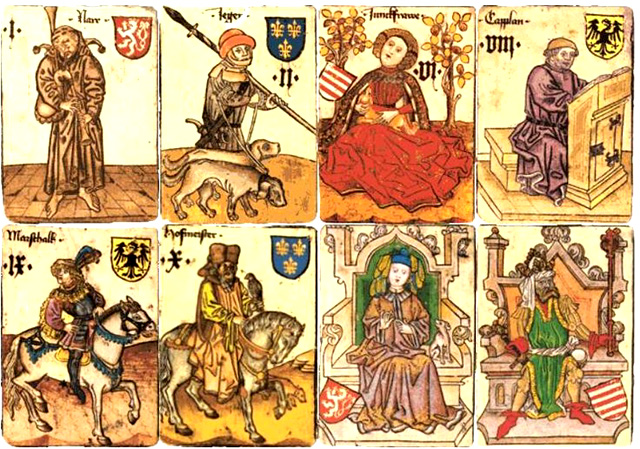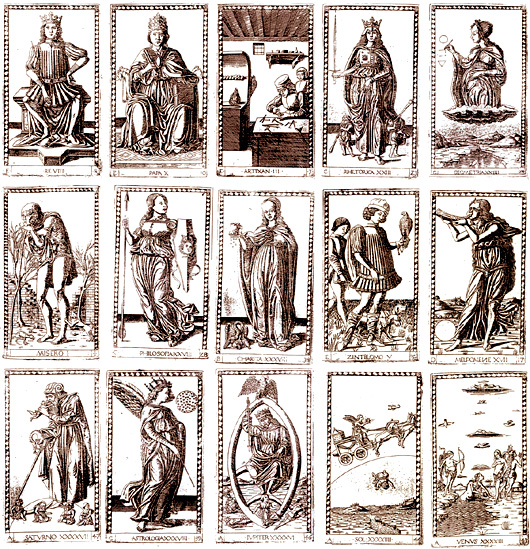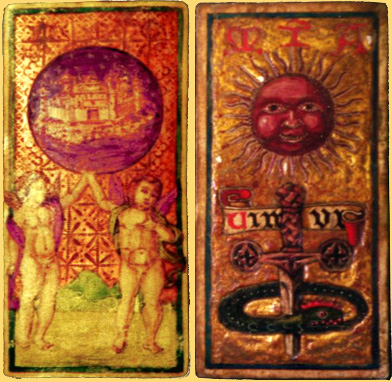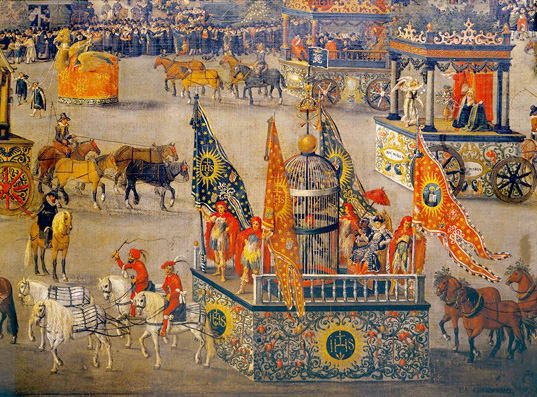|
|
|
|
|
|
ALTHOUGH chiefly associated today with fortune-telling, divination and esoteric “spirituality”, the Tarot cards have a very mundane origin and were not associated with prophecy, divination, or the occult until relatively modern times.
IT is only in relatively modern times that these playing cards, containing echoes of medieval morality, became “the focus of esoteric investigations” and “a sort of popular religion or diagnostic tool for mind, body and spirit.”
|
|
|
|
|
| ANTOINE COURT [de GÉBELIN] | Monde Primitif | Jean-Baptist ALLIETTE | Cartomancy |
Antoine Court, (1725–1784) who called himself Antoine Court de Gébelin, was a Huguenot/Protestant minister and Freemason, born in Nîmes, France who initiated the interpretation of the Tarot as an arcane (supposedly ancient Egyptian) repository of timeless esoteric wisdom in a chapter of his compendium, Le Monde primitif, analysé et comparé avec le monde moderne (The Primeval World, Analyzed and Compared to the Modern World), published in 1781. The practice of cartomancy (fortune-telling using the Tarot deck) was popularized by Jean-Baptiste Alliette (1738–1791) an otherwise-obscure French merchant.
HISTORY
of the TAROT/TAROTCHI/TRIUMPH
CARDS
PLAYING cards arrived in Europe around 1370 and were modified from their Eastern forms to include various suits representing political rivalries and ecclesiastical hierarchies.
Surviving examples include the German Hofämterspiel cards from around 1450, depicting different nations and members of a royal household. These would later be transformed into nobility engaging in a hunt (King, Queen, Knight)
 |
| Mantegna Tarochi, 1465 |
IN the fifteenth century cards were produced that were probably not used for gambling, but rather for some kind of didactic instruction: these represented traditional medieval Christian interpretations of virtues, vices, and the ordering of the cosmos. The most famous of these are the Mantegna Tarochi series created by Andrea Mantegna (1431-1503). The depicted images are mentioned by Mantegna's biographer, Giorgio Vasari, who states that Mantegna also devised copper prints of trionfi, “triumphs” or “trump” cards.
 |
| Mantegna Tarochi, 1465 |
PLAYERS of modern bridge, whist, and poker will recognize the notion of “trumps” (trionfi/triochi) or wild cards that “trump” other cards. Rather than designating a particular card or suit of cards as trumps or wild cards, a set of fixed trumps were printed together with existing suit-decks in the fifteenth century to give the so-called “Tarot deck” containing both four suits and a fifth set of 22 trump or triumph cards.
 |
| Guildhall Library Tarocchi Cards, 1470 : World and Sun |
THE designation of these as triumph cards suggests a possible reason for the subjects depicted on these cards. In classical antiquity and less frequently in medieval Europe a successful general would be accorded a “Triumph” after a successful campaign. The triumphal parade included what are today called “floats”: that is, wagons or chariots containing persons and objects that symbolized the social order and commemorated the victory. In medieval Europe - and still in many places today - this triumphal parade took place during “Carnival” on Shrove Tuesday, the day before Ash Wednesday and the beginning of Lent: it was an opportunity to visually portray the purpose of the upcoming Lenten season. Some historians believe that the Tarot trumps depict the familiar floats and costumed individuals who annually participated in this parade, serving as symbols that emphasized the need for cultivating virtue, avoiding vice, and conforming to the divine and terrestrial orders.
 |
|
Triumph[al parade] of the
archduchess Isabella, 1590
|
 |
| Guildhall Denis van Alsloot-Ommeganck Brussels 1615. Triumph Archduchess Isabella |
IT is only in relatively modern times that these playing cards containing echoes of medieval morality became “the focus of esoteric investigations” and “a sort of popular religion or diagnostic tool for mind, body and spirit.” Antoine Court, (1725–1784) who called himself Antoine Court de Gébelin , was a Huguenot/Protestant minister, born in Nîmes, France who initiated the interpretation of the Tarot as an arcane (supposedly ancient Egyptian) repository of timeless esoteric wisdom in a chapter of his compendium, Le Monde primitif, analysé et comparé avec le monde moderne (The Primeval World, Analyzed and Compared to the Modern World), published in 1781. The practice of cartomancy (fortune-telling using the Tarot deck) was popularized by Jean-Baptiste Alliette (1738–1791) an otherwise-obscure French merchant.
“”